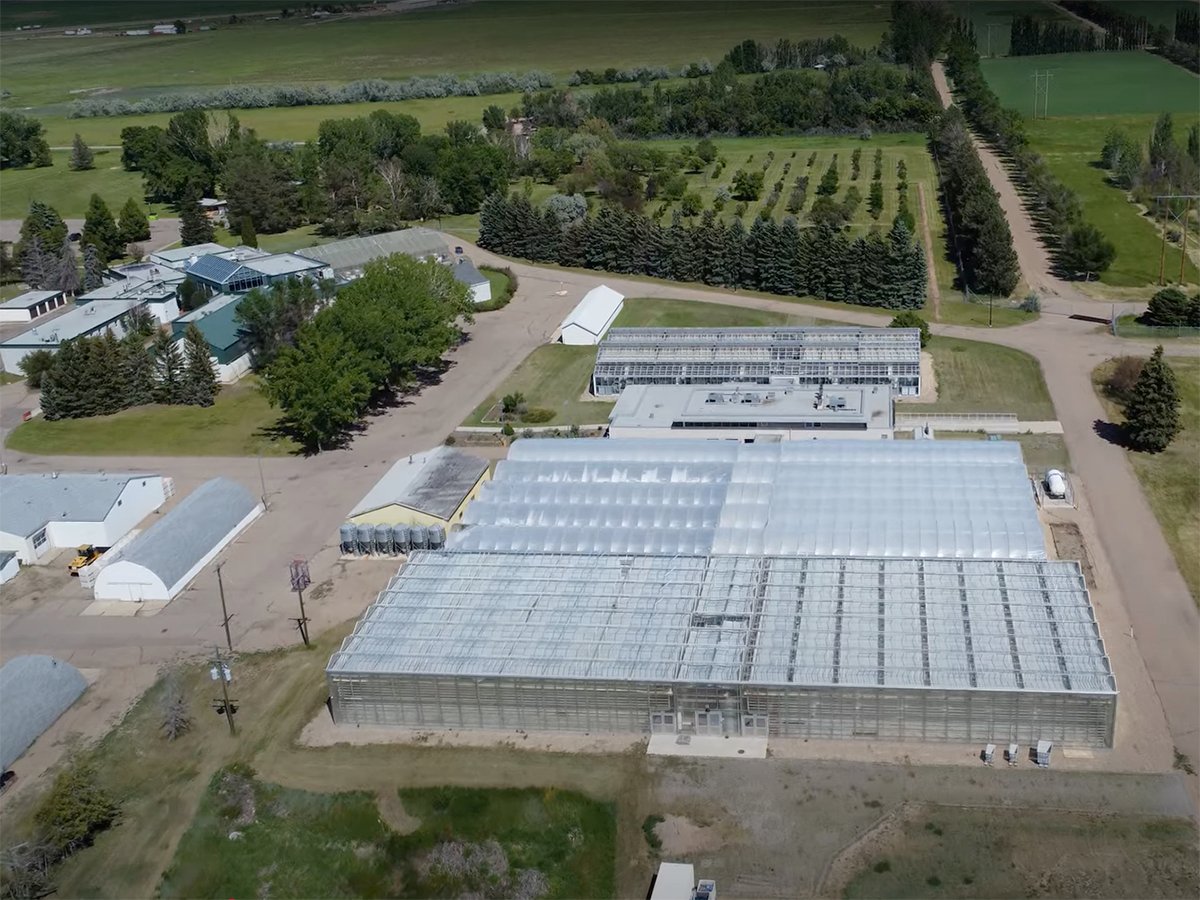Developers of a new, quick cooking method for barley hope it will increase demand for barley in human food.
Beta-glucan, the soluble fibre component in barley, has been proven to reduce cholesterol and regulate blood glucose levels. Barley also has a low glycemic index, which makes it useful in maintaining blood sugar levels for diabetics.
“Commercially available barley products for the food market include pot and pearled barley, grits, flakes and malt flour,” says Hong Qi, project engineer at Alberta Agriculture’s Centre for Agri-Industrial Technology in Edmonton.
Read Also

Alberta crop diversification centres receive funding
$5.2 million of provincial funding pumped into crop diversity research centres
“Whole barley grains require a lengthy cooking time, approximately one hour to cook properly, so are not often used. Also, the use of whole grain hulless barley has not been actively marketed, as it requires soaking for several hours before cooking. A preliminary market scan, however, shows an interest in a quick-cooking barley product, which retains original nutrients, the desired texture and flavour characteristics of barley. The market for such products includes food services such as restaurants, institutions and hospitals, homes and export.”
In 2002, the Alberta Crop Development Fund and the Alberta Barley Commission funded a process development project for quick-cooking barley products. In Phase 1, two processes were developed to produce quick-cooking barley. Products from this process reduced cooking time to 15 minutes from 45 minutes for 35 percent pearled barley and to 18 minutes from 60 minutes for five percent pearled.
These quick-cooking barley products have a cooked texture and appearance similar to long-cooking barley. There were comparable nutritional compositions such as beta-glucan content when compared with the long-cooking barley. The success of the quick-cooking barley process provides a commercialization opportunity to produce a barley food product.
The project is gearing up for Phase 2, Qi said.
“During the second phase, the focus will be pre-commercialization and market testing. The project will source, lease and install appropriate processing equipment and optimize processing parameters to achieve the desired physical and textural characteristics of the products as determined in Phase 1.”
He said four tons of quick-cooking barley will be produced for market testing, as well as three dry seasoning mixes with quick-cooking barley and three ready-meal packages.
Phase 2 will also include studying nutritional analysis and consumer acceptance, targeted market research in institutions, hospitals and food services, extension and promotion activities and export markets.
“With six million tonnes of barley produced in the province annually, this is a unique opportunity to add value to an Alberta commodity,” Qi said.
“The development of quick-cooking barley will provide the market with a range of convenient, nutritious foods. Quick-cooking barley will be a useful component for home meal replacement products.
Alberta Agriculture has identified processed meat and ready meals as a key initiative in the provincial growth strategy.
Quick-cooking barley from Alberta crops could offer an alternative to the more commonly used rice-noodle components in the category.”














